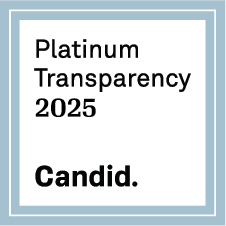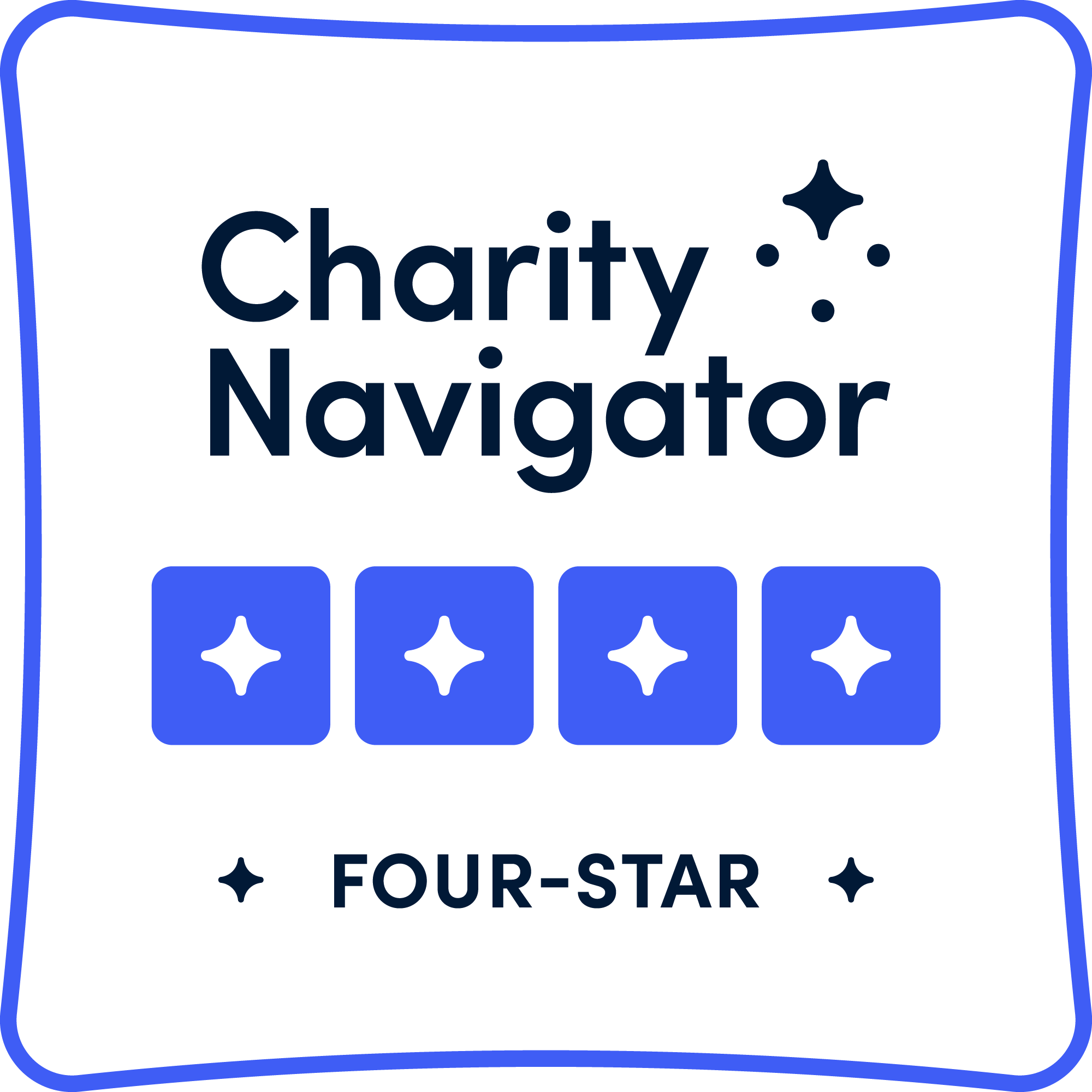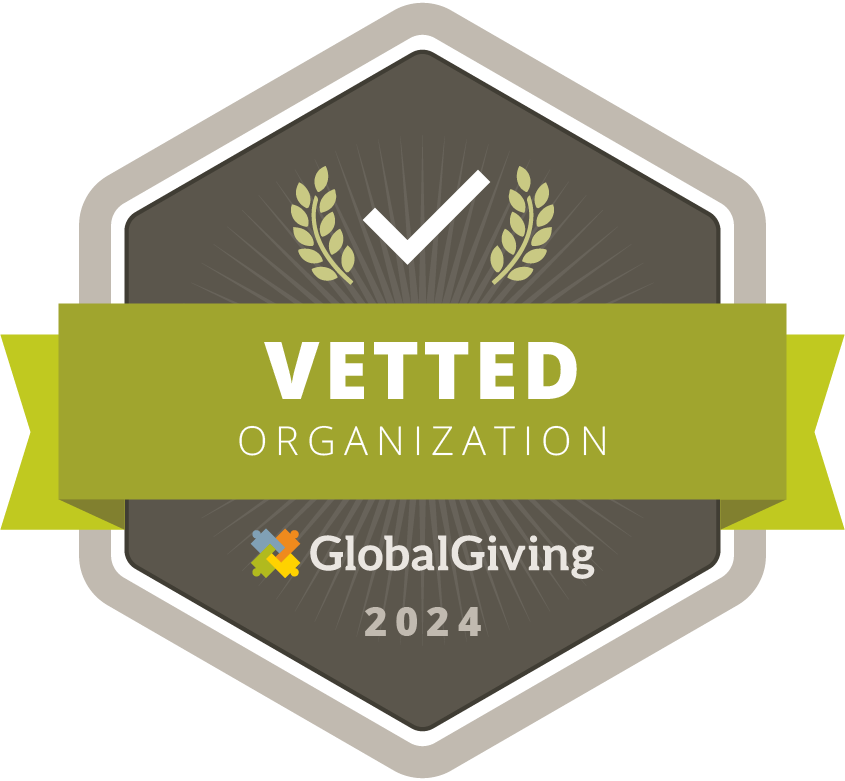Vision for All: Promoting Gender Equality and Empowering Women in Eye Health
Globally, of the 1.1 billion people with vision loss, 609 million (55%) are females compared to 497 million (45%) males. A majority of them live in low-and-middle-income countries. Inequitable access to healthcare for women is multifactorial, determined by financial dependence, family responsibilities, limited transport, and low literacy rates. Female eye health workers often face discrimination and limited career growth opportunities.
Recognizing this, Cure Blindness Project promotes gender equality across its organization and partners to address this imbalance. With specific initiatives designed to engage partners to adopt American best practices, our work results in more women and girls receiving high-quality eye care and feeling empowered to ask for what they need. In addition, Cure Blindness Project-led work is designed to provide educational opportunities for women and girls that allow them to be more economically secure. This security will lead to more independence and brighter futures.
Our Initiatives
Recently in Ghana, Cure Blindness Project facilitated a three-part training series at a partner hospital. This included an assessment of the current status of gender equality awareness and policies, a training workshop based on the assessment, and developing a 12-month action plan to enhance gender responsiveness.
In Nepal, Cure Blindness Project, in partnership with the Fred Hollows Foundation, held a similar gender awareness and sensitivity training series with more than 200 participants from the Tilganga Institute of Ophthalmology (TIO).
“These initiatives provided valuable information on the current status of gender equality awareness and policies and included important recommendations on actionable activities and follow-up needed to significantly improve equal career opportunities for women who work at the facility as well as access for women who receive eye care services,” says Pamela Clapp, Associate VP, Strategic Initiatives. “It’s part of a long-term, far-reaching strategy to make services more accessible to women.”
The Importance of Gender Equality
Advancing gender equality is critical to achieving the Sustainable Development Goals (SDGs) set by the United Nations. Adopted in 2015, the UN’s 2030 Agenda for Sustainable Development provides a blueprint for peace and prosperity for people and the planet. Specifically, SDG 5 aims to achieve gender equality and empower all women and girls.
To aid in this, Cure Blindness Project is a member of the International Agency for the Prevention of Blindness (IAPB)’s Gender Equality Working Group, providing thought leadership on ways for women to have increased access to medical and economic resources.

Our Commitment
As an organization, we continue to develop more formal policies around gender equality with standardized data collection to track trends. This information allows us to pivot to timely address gender issues. For example, if outreaches show more men are receiving care than women, we can evaluate the reason and address it (e.g., transportation, available childcare, etc.).
“Our work is moving the needle forward,” says Lorraine Misquith, Director, Advocacy. “And empowering women as both patients and healthcare providers.”






